Table of Contents (click to expand)
Mercury and Venus do not have moons. This is because any moon orbiting around them would be in an unstable orbit and would most likely be swallowed by the mammoth gravitational pull of our solar system’s mighty Sun.
Whenever we look up at the night sky, we see a greyish-white object hung brightly among thousands of other visible stars. It also seems to be pockmarked by a lot of dark spots. This object stands out amongst others due to its sheer size and brilliance compared to other celestial bodies. By now, surely you realize we’re talking about the moon!
Earth’s Moon
Earth has only one natural satellite, which we generally refer to as ‘the moon’. Here’s a fun fact: All natural satellites (moons) of other planets have been given proper names, but our natural satellite is simply called the moon.
The moon, just like any other natural satellite, revolves around our planet in a well-defined orbit. With the exception of Mercury and Venus, every planet of our solar system has at least one moon. So, before we get into a discussion about the unusual absence of moons on Mercury and Venus, let’s first look at how other planets fare when it comes to having moons.
Also Read: Does Earth Have Multiple Moons?
How Many Moons Each Planets Have?
Starting with Earth, of course, we all know it has only one moon. It is also the only moon where humans have set foot. Our neighbor—Mars—where Elon Musk is likely to take us in the future (hopefully!) has two moons: Phobos and Deimos. They are dark and lumpy and much smaller than our own moon.
Next is the big daddy of all the planets: Jupiter. This gas giant has an eclectic collection of 79 moons! The biggest planet of our solar system also boasts the biggest moon: Ganymede. You can actually see Ganymede with binoculars if you reside in a place where there is a clear sky and negligible pollution. Io, one of the moons of Jupiter, is covered in volcanoes, whereas Europa, another of Jupiter’s moons, is thought to be filled a with giant saltwater ocean.
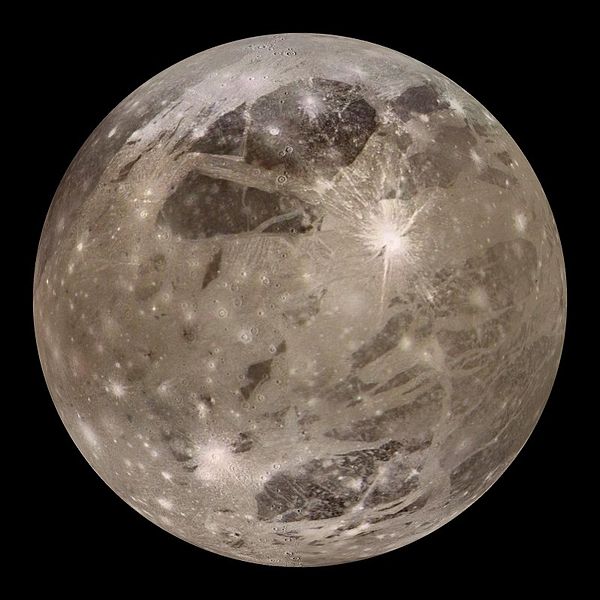
Saturn, like Jupiter, is also teeming with moons. Scientists have thus far discovered 82 moons orbiting Saturn. At least two of them, Titan and Enceladus, are ocean moons, like Jupiter’s Europa. Interestingly, NASA in its Cassini-Huygens space mission discovered that the underground ocean in Enceladus shoots jets of icy particles from cracks in the moon’s surface out into space!
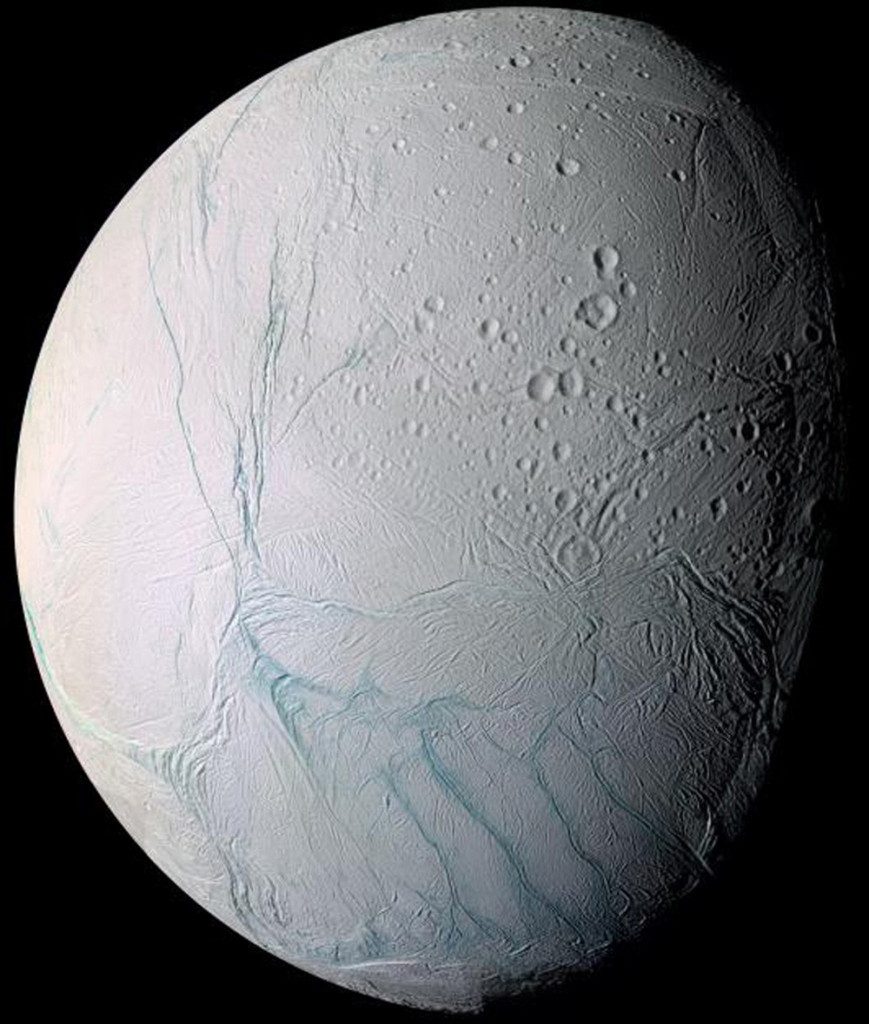
Uranus has 27 moons. The larger moons of Uranus like Ariel are made of water ice and rock in nearly equal proportions. Neptune has 14 moons. Triton, one of these moons, has volcanoes of not lava but ice! Finally, even Pluto, which is no longer considered a planet, has 5 moons of its own!
Almost all the planets except Mercury and Venus have moons, but why does this anomaly exist? Is there are a plausible scientific explanation for the dearth of moons on Mercury and Venus? Let’s find out!
Also Read: How Did Jupiter Get So Many Moons?
How Is The Moon Formed?
To understand why Mercury and Venus do not have moons, we need to understand how moons are formed in the first place. There are basically three ways by which the planets get moon(s): co-formation, capture, and collision.
Co-formation
In this case, moons are formed at the same time as their parent planet. For example, take the case of gas giants like Saturn and Jupiter: in the days when they were being formed, billions of years ago, they were covered with clouds of gas and debris. As the planet started to take shape and become spherical, the cloud of gas and debris around the planet took on the shape of a ring.
After a while, this ring started to undergo a process called accretion. In accretion, the particles come closer to each other, stick, and finally merge into a single substance. As the accretion process continues, a great deal of random debris coalesces together and ultimately takes the form of a sphere, evolving gradually into moons. If you think this process is cool, you’ll be delighted to know that this is also how planets in our solar systems were formed!
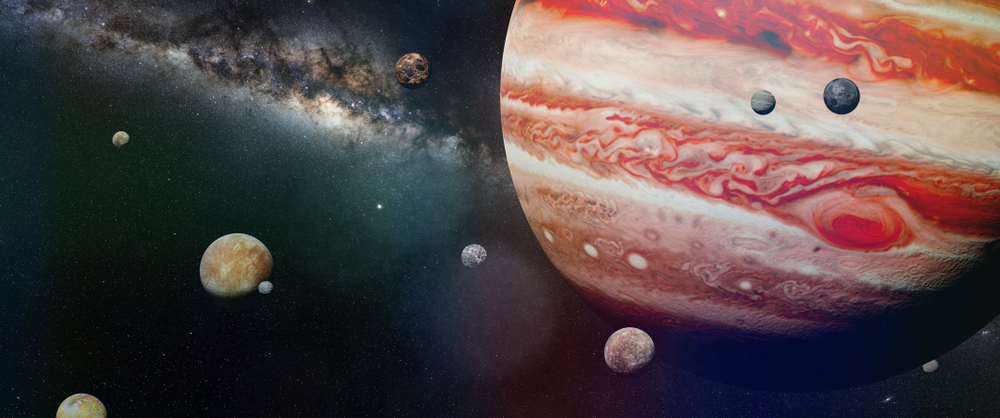
Capture
The second way by which moons are formed is when the planet captures them! Sounds a bit like an action movie about kidnapping, but it’s true!
To understand how this is done, you need to understand a concept called the hill sphere. The hill sphere refers to a region around the planet in which it is capable of holding a moon and keeping it in a nice stable orbit. Basically, when a vagabond moon or any spherical entity trespasses this hill sphere, the planet is able to capture it and make it orbit around itself.
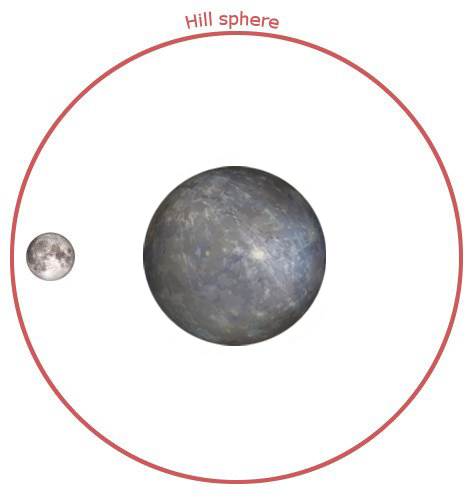
Collision
Finally, the third possibility of moon formation arises from a high-impact collision. This is probably the nastiest way in which a planet can get a moon! There have been many instances wherein moons were formed from debris following a massive collision, wherein some other large celestial body rammed into the planet. In fact, our own moon is presumed to be formed from such a collision that took place on Earth approximately 4.5 billion years ago!
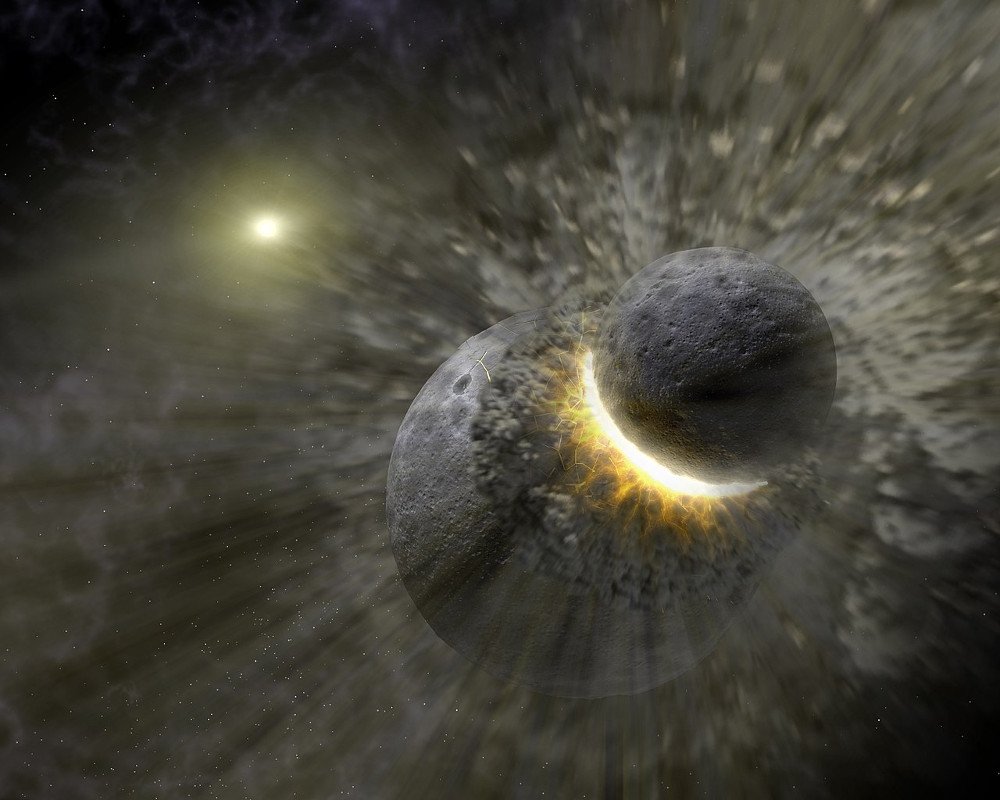
Also Read: Why Are There So Many Dark Spots On The Moon?
Why Does Mercury Have No Moons?
Mercury is the smallest planet of our solar system. It is also the closest to the sun. Mercury, like many other planets, was formed through the process of accretion. If that’s the case, then the question arises: why didn’t any moons accrete around Mercury? Simply put, because there wasn’t really any material left for the moon to form…

Dearth Of Moon-forming Materials
To understand this, we need to go back in time. When the planets like Mercury were in the process of forming, our solar system was very young and our star, the Sun, was in an early stage of stellar development. During this time, in the T Tauri phase, the Sun started exuding strong solar winds that swept away all lighter materials, such as hydrogen, methane and ice into the outer reaches of solar system.
Actually, it’s out of these abundant lighter elements, along with the heavier ones, that gas giants like Saturn and Jupiter were formed. As they were quite far from the Sun, they were relatively shielded from the repercussions of powerful solar winds. This made it somewhat easier for Saturn and Jupiter to develop or harness moons, which is why we see so many moons around them.
So, due to the impact of solar winds blowing away the lighter elements and Mercury using up all the available heavier ones to form itself, there was basically nothing left at the time of inception of Mercury to form a moon.
Just Too Close To The Sun!
Even assuming that something was left and the moon was formed, it is very unlikely that the Mercury could retain the moon for very long. Remember the concept of the hill sphere we just covered? Well, the hill sphere for Mercury is about 175,000 kn. Even if Mercury somehow got a grasp of a moon within the hill sphere, it would have been quickly pulled off by the intense gravitational force exerted on it by the Sun, which is incredible close by. This force would have eventually snatched the moon away from Mercury’s dominion.
Also Read: What Is Mercury Made Of?
Why Does Venus Have No Moons?
The reasons why Mercury does not have moons are pretty much the same for Venus, but there are a few additional considerations when it comes to the second planet from the sun.
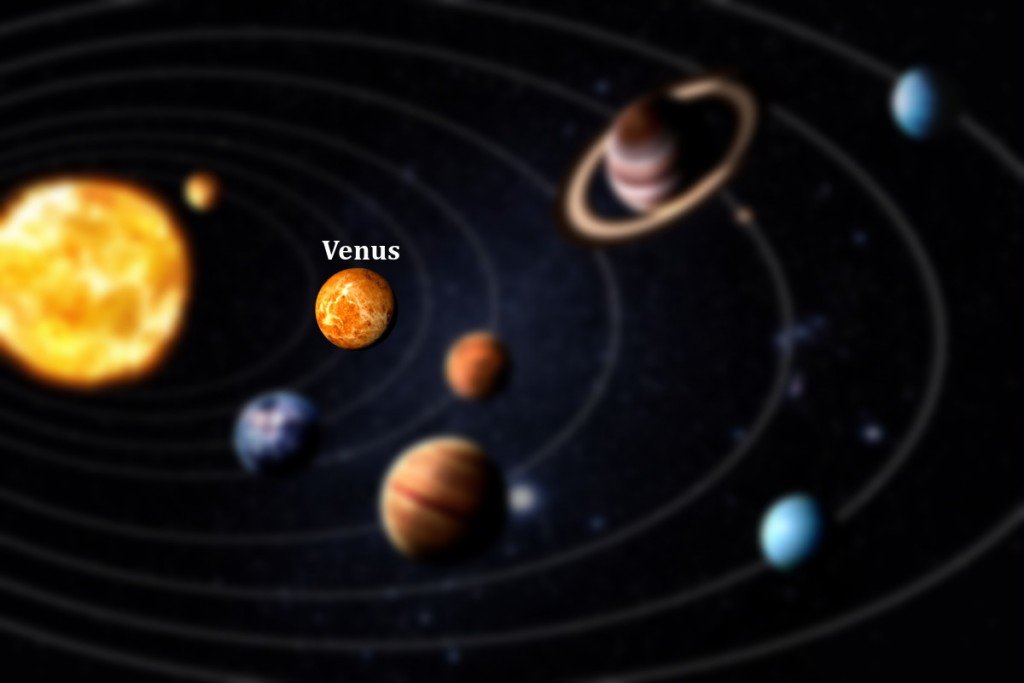
If there is a planet that is most similar to Earth, it’s Venus. Venus is even sometimes called the Earth’s twin. The diameter of Earth is 12,756 KM, while Venus is 12,104 KM. Very close in size! Also, the two have a nearly identical composition, mass, and densities. Given that it is so similar to Earth in size and not the ‘closest’ to Sun, intuitively, it has a better chance of having a moon, right? So why is Venus similarly moon-deprived?
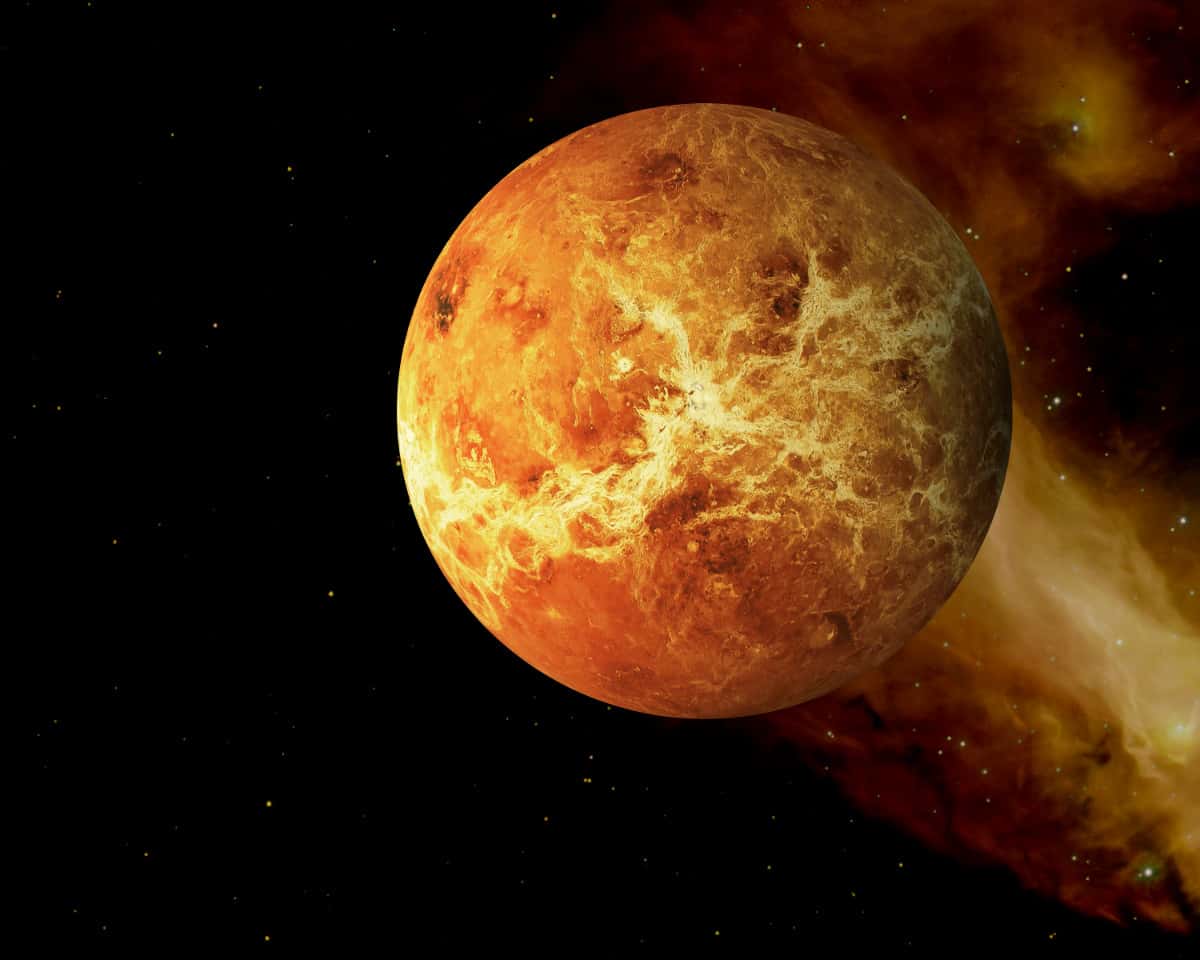
Well, despite almost twinning with Earth in terms of shape and composition, Venus is a quirky planet. In contrast to the popular belief, it is actually the hottest planet of the solar system, even beating out Mercury. Sure, this sounds counterintuitive, but it’s the truth!
Slow Rotation Coupled With Retrograde Motion
Another odd thing about Venus that it’s a really slow rotator. It takes longer for Venus to complete a single spin on its axis than to complete one revolution around the Sun. Or to put it differently, a day on Venus is longer than a year! Add on to that the fact that the Sun would rise from the west and not from the east on Venus! This is because it follows retrograde motion, which is opposite to the direction in which most planets (including Earth) rotate. Many astronomers reckon that having such an extremely slow rotation, coupled with retrograde motion, makes it challenging for any moon to have a stable orbit around Venus.
How Venus Became Moonless
Interestingly, many scholars posit that Venus wasn’t always moon deprived. For example, there is the hypothesis proposed by researchers Alex Alemi and David Stevenson of the California Institute of Technology in 2006, suggesting that in the early days of the formation of the solar system, Venus must have been bombarded by many asteroids, which released large quantities of ejecta into Venus’ orbit. These countless pieces would have then coalesced to form moons. However, due to the retrograde spin of the planet (supposedly caused by another asteroid impact!), the moon’s orbit might have been destabilized, causing it to crash into Venus, leaving the planet ‘moonless’.
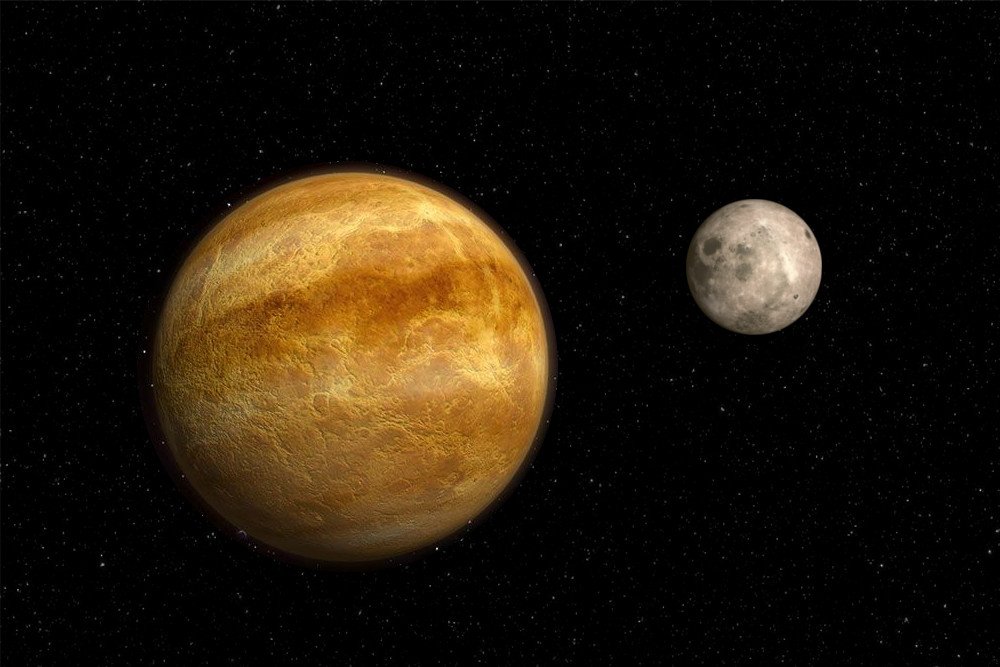
Also Read: Surface Of Venus: Why Is Venus The Hottest Planet?
A Final Word
So, to summarize the moonlessness of Mercury and Venus, it is mostly attributed to their proximity to the sun. Being so close to the sun means that they are not only exposed to a lot of solar radiation, but also experience an intense gravitational pull from our star. When it comes to Mercury, it’s simply too close to the Sun to have any sustainable gravitational influence to orbit a moon around it. And for Venus, its sluggish reverse rotation makes it challenging for a moon to be bound to the planet.
A moon that is too far away from them would be in an unstable orbit, and would consequently be pulled in and captured by the mighty sun tugging on it with its monstrously high gravitational pull. On the other hand, if the orbiting moon is too close to the planet, it would be torn apart by strong tidal forces. In the case of Venus, the moon would lose energy due to atmospheric friction and crash into the planet. That is likely why we see so many craters on Venus. It has had massive collisions in the past, meaning that any moon that may have formed couldn’t stay in orbit for very long.
Also Read: Can Earth’s Gravity Break The Moon Apart?
How well do you understand the article above!

